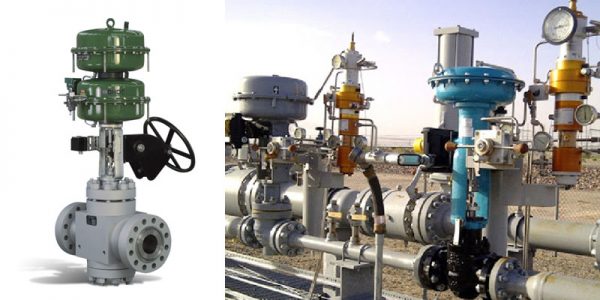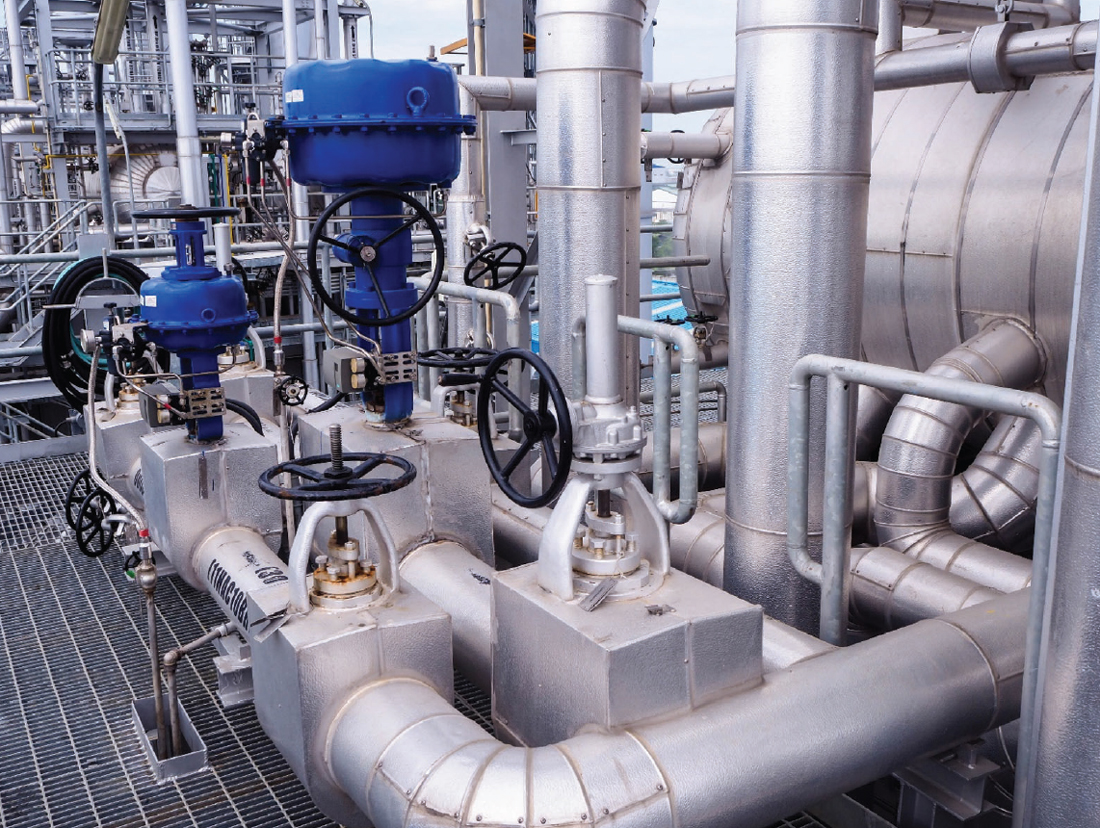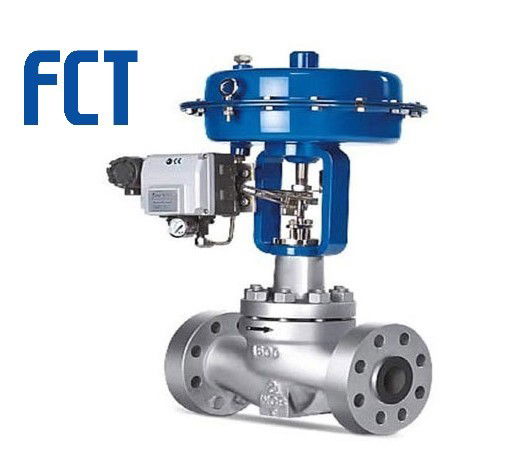Picking the Right Control Valves: A Guide to Ideal System Efficiency
Picking the Right Control Valves: A Guide to Ideal System Efficiency
Blog Article

Maximize Power Cost Savings and Comfort With Advanced Building Automation Controls
In the world of modern-day style and center monitoring, the integration of sophisticated structure automation controls stands as a critical advancement. By utilizing the power of automation, structures can adjust, react, and evolve in methods that were when unimaginable.
Energy Effectiveness Perks
Energy efficiency benefits can considerably reduce power intake and operational expenses in buildings. Energy-efficient systems, such as advanced structure automation controls, can enhance the use of resources like heating, air conditioning, and illumination, leading to lower power expenditures over time.
Additionally, improved power effectiveness can prolong the life-span of structure equipment and systems. By running a lot more efficiently, heating and cooling systems, light, and various other building parts experience much less wear and tear, causing decreased maintenance and substitute expenses. Additionally, energy-efficient structures typically command greater residential property values and rental rates, giving lasting monetary benefits to proprietors.
Furthermore, power efficiency can improve occupant comfort and performance. Correctly managed indoor atmospheres with optimum lighting and thermal problems develop a more pleasurable and helpful work space, resulting in boosted staff member fulfillment and efficiency. In general, the power performance benefits connected with sophisticated structure automation controls are complex, encompassing expense financial savings, ecological stewardship, and owner well-being.
Enhanced Comfort Control
Enhancing comfort control in building atmospheres needs an innovative assimilation of advanced automation systems for optimal owner health. By utilizing advanced building automation controls, facilities can tailor the interior setting to fulfill the details needs and choices of owners. These systems enable precise policy of temperature, lighting, and air flow, producing a comfy and efficient ambience. Resident complete satisfaction and efficiency are closely linked to thermal convenience, making it important to have systems in position that can adapt to altering problems in real-time.
By integrating these advanced controls, structures can not only improve comfort however likewise boost power efficiency by maximizing system operations based on real occupancy and use patterns. Eventually, prioritizing passenger convenience via advanced automation systems leads to a much more pleasurable and healthier interior setting.
Functional Efficiency Improvements

Furthermore, the implementation of real-time tracking and analytics tools enables building operators to determine power inefficiencies and operational abnormalities quickly. By continuously keeping track of power usage patterns and system performance metrics, changes can be made in real-time to optimize power usage and guarantee peak functional effectiveness. control valves. Additionally, integrating demand feedback approaches right into structure automation controls can better enhance operational performance by dynamically readjusting power usage based on grid problems and rates signals
Indoor Environment Optimization
Effective indoor climate optimization is a fundamental aspect of structure automation controls, ensuring owners' comfort and health while making the most of power savings. By utilizing innovative sensors and controls, constructing automation systems can constantly readjust and check temperature level, humidity degrees, air top quality, and air flow to create an helpful hints ideal interior setting. Maintaining comfy and regular conditions not only boosts occupant contentment however also boosts performance and total health.
Indoor environment optimization likewise plays an essential duty in energy effectiveness. By fine-tuning heating, air conditioning, and ventilation systems based upon real-time data and occupancy patterns, constructing automation controls can considerably lower energy consumption - control valves. For example, carrying out techniques such as demand-controlled air flow and thermal zoning can help decrease power waste while making certain that each area of the building gets the essential conditioning.

Sustainable Setting Development
Building automation manages not just optimize interior climate conditions for energy performance and passenger convenience however also lay the foundation for creating a lasting atmosphere via tactical monitoring of sources and systems. By incorporating innovative building automation technologies, such as sensors, actuators, and smart software program, facilities can keep track of and readjust power usage in real-time to reduce waste and decrease their carbon footprint. These systems allow anticipating maintenance, identifying possible problems before they rise and enhancing devices efficiency to enhance durability and performance.
Furthermore, sustainable environment development extends beyond power management to encompass water conservation, waste reduction, and indoor air high quality renovation. Building automation controls can control water usage, identify leakages, and ensure correct waste disposal methods, adding to overall sustainability efforts. Furthermore, by monitoring and find out managing air flow and filtration systems, these technologies improve occupant health and efficiency while decreasing power consumption connected with HVAC procedures.
Verdict
To conclude, progressed building automation manages deal significant benefits in terms of energy cost savings, convenience control, functional effectiveness, indoor climate optimization, and developing a lasting environment. By applying these controls, buildings can attain ideal efficiency while minimizing power consumption and enhancing passenger convenience. It appears that using advanced automation innovation is crucial in improving building efficiency and developing a much more sustainable future.
Power efficiency benefits can considerably reduce power consumption and operational costs in structures. On the whole, the energy effectiveness benefits associated with innovative structure automation controls are diverse, incorporating price financial savings, ecological stewardship, and passenger health.
In addition, integrating demand reaction methods right into structure automation controls can further improve functional efficiency by dynamically readjusting energy use based on grid conditions and i thought about this rates signals.
Building automation regulates not just optimize indoor climate conditions for energy efficiency and passenger convenience yet also lay the foundation for creating a sustainable setting via calculated management of resources and systems.In final thought, advanced structure automation controls deal considerable advantages in terms of power savings, comfort control, functional performance, indoor climate optimization, and creating a lasting atmosphere.
Report this page